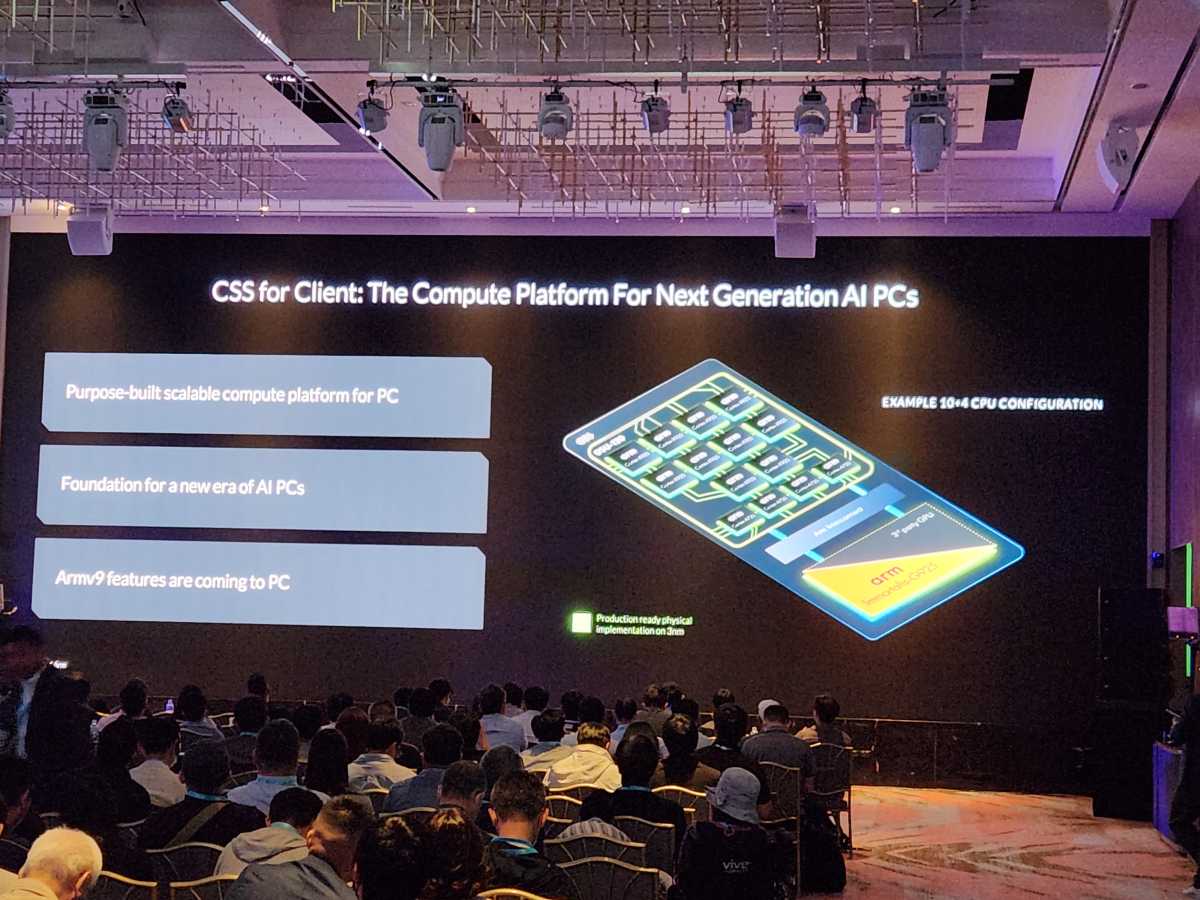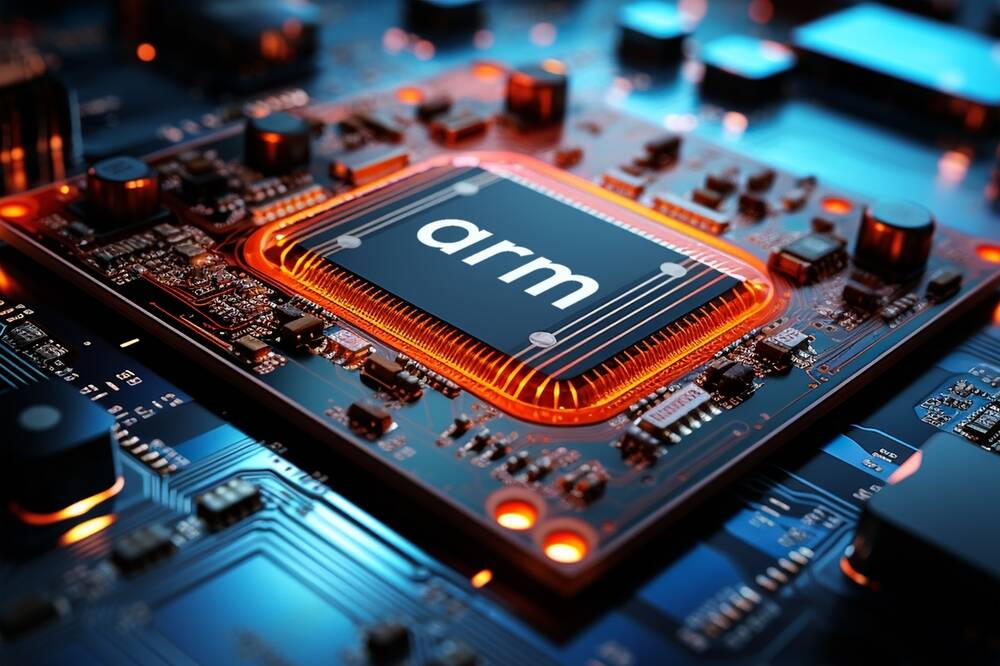
Arm, the semiconductor design company that licenses CPUs to companies like Qualcomm, Apple, and Samsung, is aiming to capture 50% of the PC market in five years. Arm CEO Rene Haas made this announcement at Computex, where Qualcomm-powered Windows on Arm PCs were being showcased. These laptops are part of a new generation of AI-infused Copilot+ laptops, which include NPUs (Neural Processing Units) for faster system development.
Haas praised Apple's M-series Macs for demonstrating the capabilities of Arm laptops and noted that Arm's CSS (System on Chip) includes CPU, GPU, NPU, and other components. He also mentioned that solving the Windows app gap was crucial for Arm's success in the PC market.
Haas did not mention Intel, AMD, or Qualcomm as significant factors in the success of Windows on Arm PCs. Instead, he emphasized that Arm-based laptops and desktops would be crucial in achieving a 50% market share of Windows PCs within five years.
It is worth noting that Haas' announcement comes after Qualcomm's recent launch of its Arm-based Snapdragon X Elite CPUs, which will power a new generation of Windows AI PCs. These processors are expected to be a significant player in the beleaguered PC market.
While Haas' announcement is ambitious, it remains to be seen whether Arm can achieve this goal. However, with the increasing popularity of Arm-based laptops and desktops, it is certainly possible.


